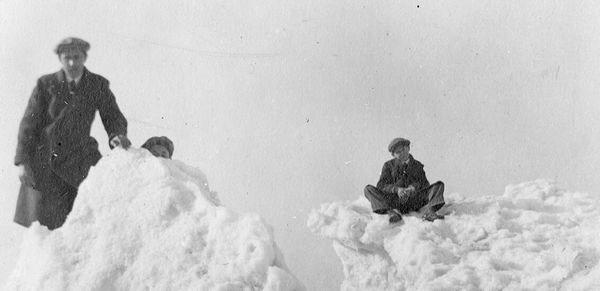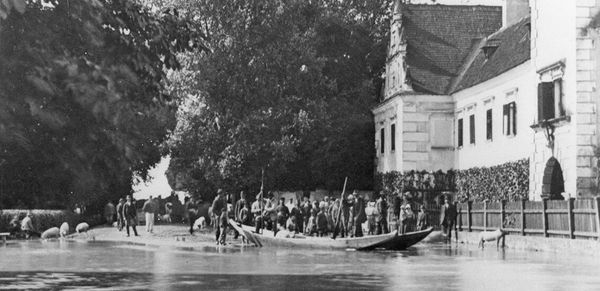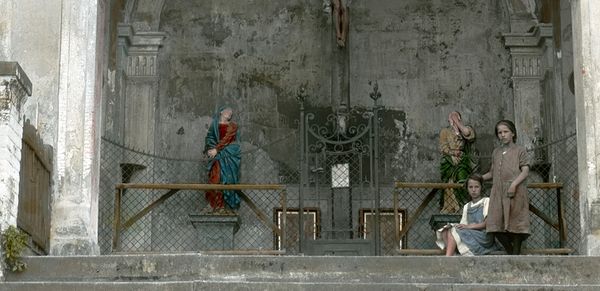X Wasserkreuz
[Translate to English:] Start of the circular special-theme trail: Tulln main station
Distance: 3.6 km
Duration: About 90 min.
Difficulty: Easy, unhindered access
Schiele Folder DE
Schiele Folder EN




[Translate to English:]
Floods or Egon and the wooden crucifix
Here you find out why the people of Tulln loved and hated the Danube and when Egon saw the river flood; why a water chapel was built and where Danube drowning victims were commemorated.
[Translate to English:] Where did the huge crucifix come from? On February 21, 1729, two months after the winter solstice, it was swept on shore at Tulln and then set up. It is a mystical gift from the Danube, which transforms itself several times a year from a gently flowing river to a raging current. Initially only fisherman and boatmen revered the simple wooden cross. Then the townspeople had a chapel built. It adjoins the rear wall of the former Strudelhof, whose foundation walls form part of the medieval town fortifications. Two sandstone statues – one of Saint John of Nepomuk and the other of Saint Charles Borromeo – flank the baroque crucifix. Later, the sculptures were put up in front of Saint Stephen’s parish church.
![[Translate to English:] Ehemaliger Gasthof "Zum goldenen Lamm" mit Wasserkreuz (© Dr. Ferdinand Schönbauer) [Translate to English:] Ehemaliger Gasthof "Zum goldenen Lamm" mit Wasserkreuz (© Dr. Ferdinand Schönbauer)](/fileadmin/_processed_/6/6/csm_10_Wasserkreuz_img272628px_0792bbbef3.jpg)
[Translate to English:] Zum goldenen Lamm, a former inn, with water crucifix (© Dr. Ferdinand Schönbauer)
[Translate to English:]
Lifeline and fateful current.
But the people of Tulln continued to pilgrimage to their water chapel. And on All Saints’ Day they commemorated the unknown dead who lost their lives in the torrential waters. As with every large river, the Danube has two faces. It is a lifeline and a fateful current, a provider and a destroyer. Without its exposed location on the banks of the Danube, Tulln would never have become a Roman fort and a base for the fleet. The House of Babenberg would have passed on by, along with traders from around the world. But at times the Danube spills over its banks, long periods of rain and ice floes cause the dam to flood, destroying valuable property. Crops are destroyed. People and animals take flight. The river exacts its tribute from everyone living along its banks.
[Translate to English:]
Commemorating the dead.
Egon experienced flooding twice in his childhood. In an old school chronicle, 1897 was referred to as a “year of misfortune” when the inhabitants of the Tulln Basin were afflicted with frost, hail and flooding. Just two years later on September 14, 1899, whole villages along the Danube had to be evacuated. Living in their large station master’s apartment in the Tulln train station, the Schieles were not affected by the floods. Yet the water left its mark on the town despite all those prayers that had been said to its protector, the water saint John of Nepomuk.

